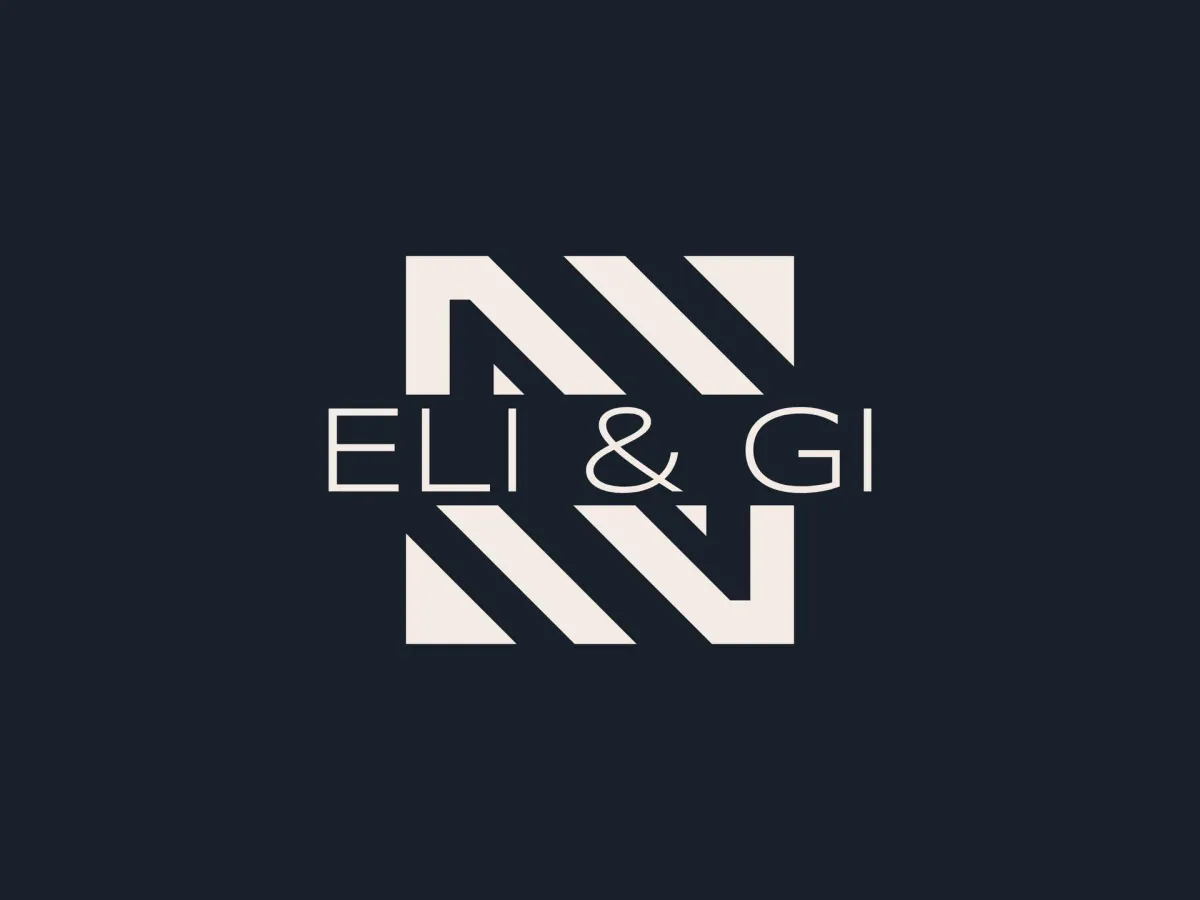
Equity Method Accounting: An In-Depth Guide
Equity method accounting is a crucial concept in the world of finance and accounting. It pertains to the method used by companies to assess and report investments made in other companies. This comprehensive guide aims to demystify equity method accounting, making it accessible for professionals and students alike.
Understanding Equity Method Accounting
What is Equity Method Accounting?
Equity method accounting is used by companies to record their investments in other entities. This method is applicable when the investing company has significant influence, but not full control, over the investee.
Key Criteria for Using the Equity Method
To apply the equity method, an investor must own approximately 20% to 50% of the voting stock of the investee. This percentage indicates significant influence, allowing the investor to use this method.
The Process of Equity Method Accounting
Initial Recognition of Investment
The investment is initially recorded at cost, which includes the purchase price and any directly attributable acquisition costs.
Subsequent Measurement and Recognition
Profit and Loss Recognition: The investor recognizes its share of the investee’s profits or losses within its own income statement.
Adjustments to the Carrying Amount: The carrying amount of the investment is adjusted to reflect the investor’s share of the profits or losses of the investee.
Advanced Aspects of Equity Method Accounting
Dealing with Dividends
When the investee company pays dividends, the investor decreases the carrying amount of the investment by the amount of dividends received.
Changes in Ownership Percentage
Any changes in the ownership interest are accounted for prospectively without retroactive adjustments.
Impact of Equity Method Accounting on Financial Statements
Balance Sheet Implications
The investment is reported as a non-current asset on the balance sheet.
Income Statement Implications
The investor’s share of the investee's profit or loss is reported in the income statement, impacting the investor's net income.
Comparing Equity Method with Other Investment Accounting Methods
Contrast with Cost Method and Consolidation
Unlike the cost method (used when influence is not significant) or consolidation (used when control is present), the equity method provides a middle ground, reflecting the influence over, but not control of, the investee.
Real-World Applications and Examples
Case Studies
We will examine real-world scenarios where equity method accounting is applied, highlighting its practical implications.
Common Challenges and Best Practices
Navigating Complexities
Handling intercompany transactions and foreign currency translations are some of the complexities faced in equity method accounting.
Equity Method Accounting in Different Jurisdictions
International Accounting Standards
The treatment of equity method accounting can vary across different accounting standards like IFRS and GAAP.
The Future of Equity Method Accounting
Trends and Predictions
Emerging trends in accounting standards and how they might affect the application of the equity method in the future.
Conclusion
Equity method accounting plays a vital role in how companies record and report their investments. Its proper application ensures accuracy and transparency in financial reporting.
FAQs
1. When is the equity method used in accounting?
The equity method is used when an investor has significant influence over an investee, typically indicated by owning 20% to 50% of the company.
2. How does equity method accounting differ from consolidation?
Consolidation is used when an investor has control over an investee, usually more than 50% ownership, whereas the equity method is applied in cases of significant influence without control.
3. What are the key challenges in applying the equity method?
Challenges include handling intercompany transactions, foreign currency translations, and changes in ownership percentage.
4. Are there differences in equity method accounting under IFRS and GAAP?
Yes, there are differences, particularly in the recognition of losses and how the method is applied in joint ventures.
5. How does dividend payout from the investee affect the investor’s financial statements?
Dividends received reduce the carrying amount of the investment on the investor’s balance sheet and do not affect the income statement.
